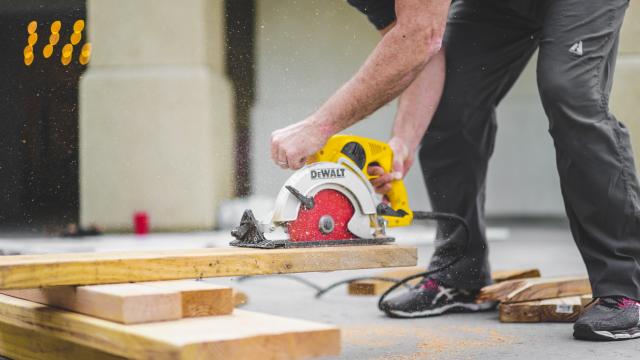It was never the intention to stockpile symbols of Spanish machismo, honestamente! I don’t even like bull-fighting, although I respect the tradition and all the Hemingway-esque associations.
In the way of these things, the matador collection started innocently enough when I espied a solitary 1960s made-in-Japan figurine in a garage sale of absolute junk. Olé!
He seemed to need rescuing. I’d never seen one the same before and, besides, he cost only $5. You know how when you buy something because you think it’s a bit of a one-off, and suddenly it’s ubiquitous?
I became like a bull in a china shop. Every time I turned around there was another maddening little chap waving his cape.
There is something about them that speaks to me. They are undeniably kitsch, but also aesthetically pleasing.
Having been hand-painted, every single one is subtly different. There are examples where the colours have been botched and the cape might be orange instead of red, or a figurine has escaped the factory without part of his ensemble coloured at all.
Mostly I think it’s the incongruity of them that appeals to me, the fact they have oriental faces. It’s Tokyo meets Torremolinos tacky at a specific point in time when made-in-Japan meant much the same as made-in-China means now.
Sometimes surveying them en masse I wonder, with some trepidation, just how many more there are out there lurking unloved in china cupboards. But mostly I wonder what on earth the manufacturers were thinking: does the West really have an endless appetite for matadors made in Japan?
—sharris@mmpgroup.com.au







